Energize Your Classroom with Quality Questions

Does classroom questioning ever leave you feeling like a frustrated fisherman who oftentimes wonders if he is using the wrong bait at the wrong time for the fish he is seeking to hook?
When you pose questions, do many of your students usually wait for someone else to answer, shrug their shoulders when called upon, or tune out when they feel they are “off the hook”? If you answered any of these questions affirmatively, consider the potential of quality questioning.
How we achieve quality questioning
Quality questioning is a process composed of six core practices. The process begins as teachers integrate the planning of questioning into lesson design prior to class. Then it’s ignited as teachers invite their students to become partners in the use of core practices.
Quality questioning is nurtured and sustained within a classroom culture grounded in trust, respect, collaborative relationships, openness, and curiosity. And it is continually enhanced as teachers and students routinely reflect on their effectiveness in using questioning strategies.
Let’s take a look
To get a better sense of what this looks like in a real classroom, take a few moments to click below and watch this video of a 5th grade social studies class whose teacher has committed to quality questioning. You’ll also learn the Six P’s of Quality Questioning.
In our book Quality Questioning, my co-author Beth Sattes and I offer resources to support two requisites of this powerful engine for student learning:
- planning of questions and questioning, and
- partnering with students.
This article looks at the planning function; in a sequel, we’ll explore how to enlist students in a partnership that fuels the process.
Quality questions don’t appear out of thin air
Like good bait, a quality question (QQ) attracts and focuses attention. It engages students in thinking, connects them to a daily learning target, and causes them to wonder and delve deeper into the subject of the question.
QQs also drive the lesson, yield information that teachers can use to decide the next instructional move, and generate feedback students can use to monitor and modify their learning. Teachers carefully conceptualize QQs by reference to curriculum standards and identified instructional purposes, and hone them in consideration of the students to whom they will be directed.
Teachers need plan only a limited number of QQs per lesson – two to four, on average. In crafting a QQ, teachers address the following issues:
- What knowledge/skills (related to content standards) do we want students to think about?
- Given where students are in their learning, what purpose (e.g. checking for understanding, deepening knowledge) do we wish the QQ to promote?
- What level of cognitive demand (e.g. DOK or Revised Bloom) is appropriate to our purpose?
- How can we phrase and word the question to optimize engagement and thinking?
Not all QQs have to be created from scratch. Scour curriculum guides, online sources, and teacher editions of texts. Assess their quality and relevance to your students. Below is a tool you can use to evaluate and modify existing questions. Click it to enlarge.
Plan for follow-up questions and feedback
Have you ever received a student answer to one of your questions and wondered: Is this really an acceptable response? What was I expecting anyway? What feedback should I give? Most of us have had this experience.
We are better prepared to assess student responses and counter with productive follow-up moves if we have thought in advance about what constitutes an acceptable answer, identified common misconceptions or errors, and considered alternative next questions or other moves.
These planning activities enable teachers to ready themselves to more accurately assess students’ verbal responses and more effectively provide feedback, especially feedback that scaffolds students’ thinking and construction of more accurate or extended responses.
Select response structures that engage everyone
Quality questioning involves every student in thinking and responding. This doesn’t happen if we leave to chance who will answer – for example, by relying on volunteers who raise their hands or by allowing call-outs.
A very important component of planning for QQ is determining in advance how students will be asked to respond to our questions. The simplest recipe is this: Pose the question and pause. Afford time and silence for individual thinking (and perhaps jotting down) of their answer.
Select either a collaborative or individual response structure. Sharing in pairs is the simplest and most reliable collaborative strategy. Individual strategies include (1) strategically matching a question with a particular student; (2) using random selection of respondents during whole-class questioning; or (3) choosing a signaled response or individual work sample (electronic or conventional.)
Whatever the choice, decide in advance on a response strategy that will hold all students accountable for being “on the ready” to answer.
Here’s the pay-off
Rick DuFour’s four key questions for PLCs align with proposed outcomes of planning for QQ as well.
- What is it we want our students to learn?
- How will we know if each student is learning?
- What will we do when some students are not?
- How can we enrich the learning of those who have learned?
When teams of teachers address these questions, the resulting lesson designs are enhanced. Additionally, such planning strengthens collective responsibility and efficacy of collaborating teachers. Click below to view a 7th grade science team engaged in this process with instructional coach Jill Edwards.
Following is a template that teams can use to structure the planning process.
The most important benefits of advance planning for questioning come in the classroom with increases in the engagement, thinking, and learning of all students – especially when students understand their role as partners in the process. In our next article, we’ll examine the key issues to address as you seek to establish partnerships with your students.
Part 2: Students Learn Through Inquiry, Not Interrogation
Meanwhile, what questions do you have about what I’ve shared here? Use the comments tool below and I’ll be happy to expand on anything I’ve said.
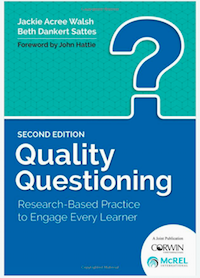
Jackie’s latest book for ASCD (2022) is Questioning for Formative Feedback: Meaningful Dialogue to Improve Learning.
She is also a lead consultant to the Alabama Best Practices Center where she designs and facilitates professional learning. Contact Jackie at walshja@aol.com and follow her on x-Twitter @Question2Think.

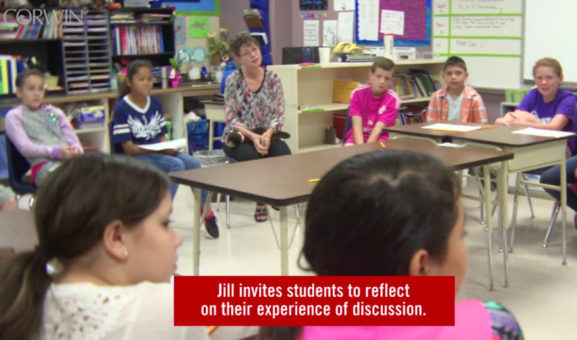
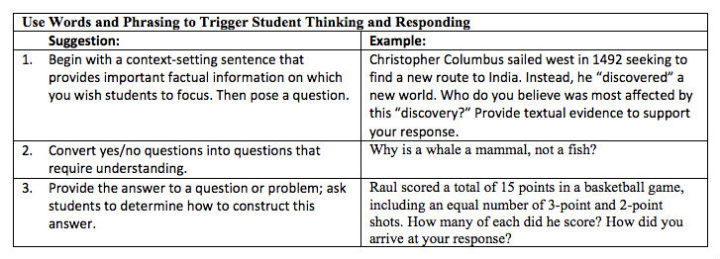
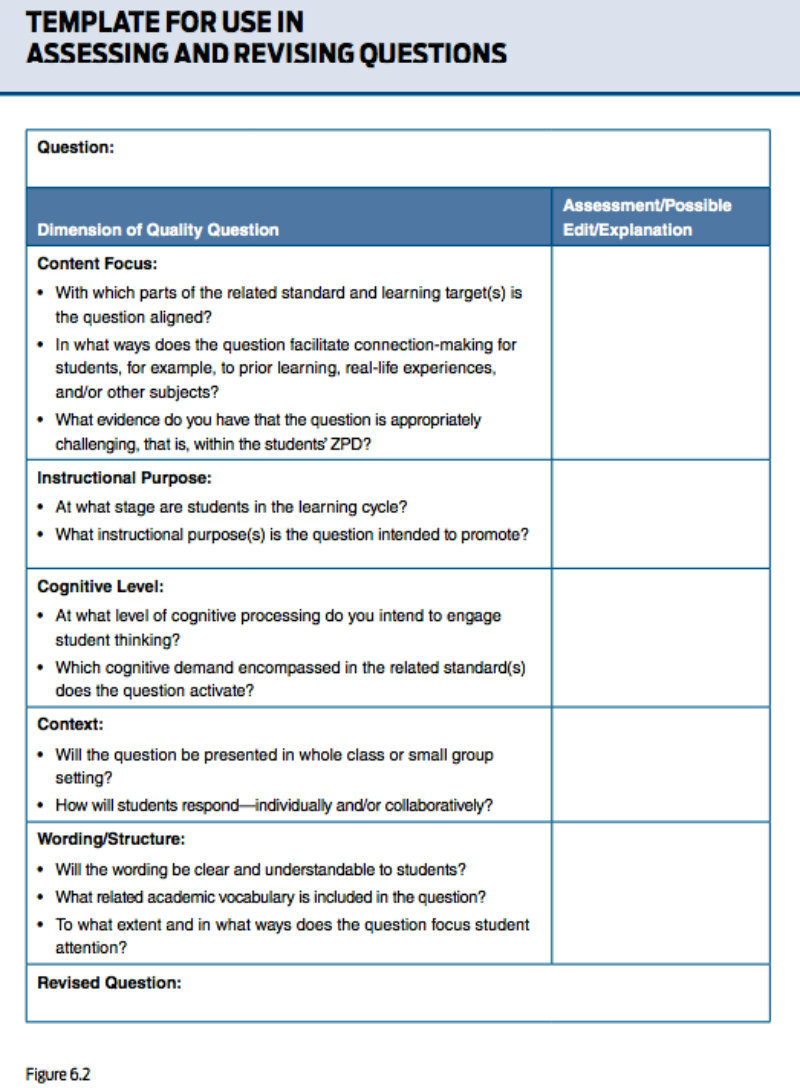
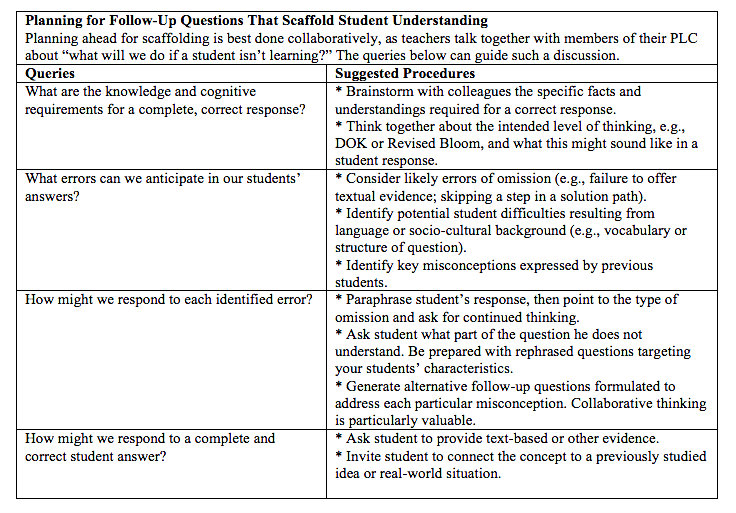
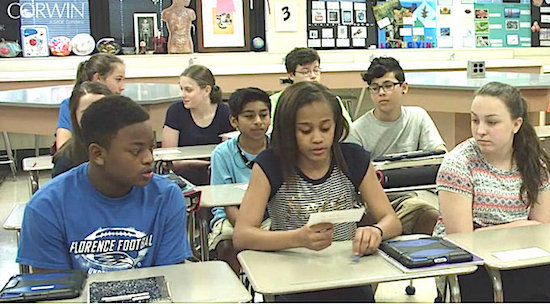
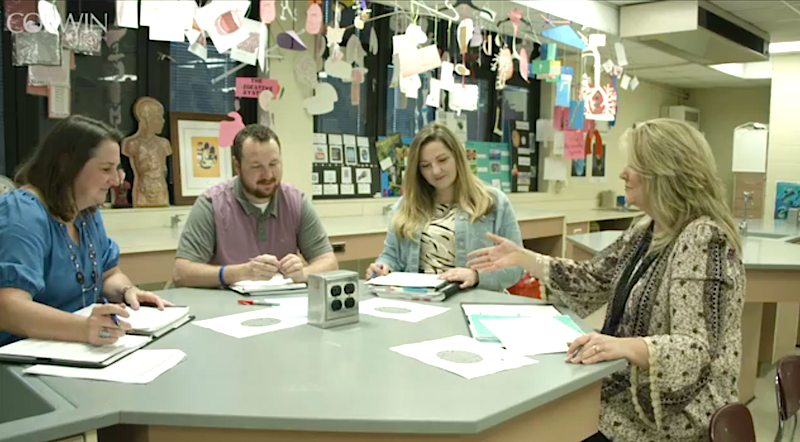
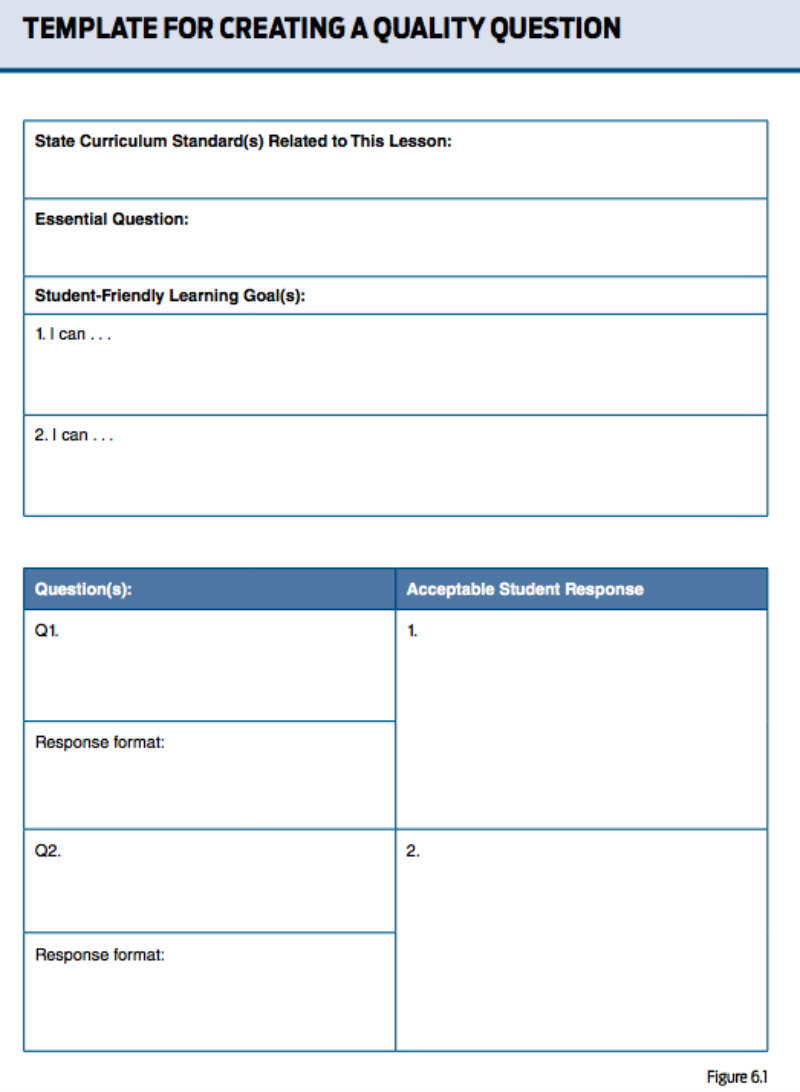


































I am a library-media specialist at a middle school. I am interested in your recommendation for future QQ resources.
Thank you!